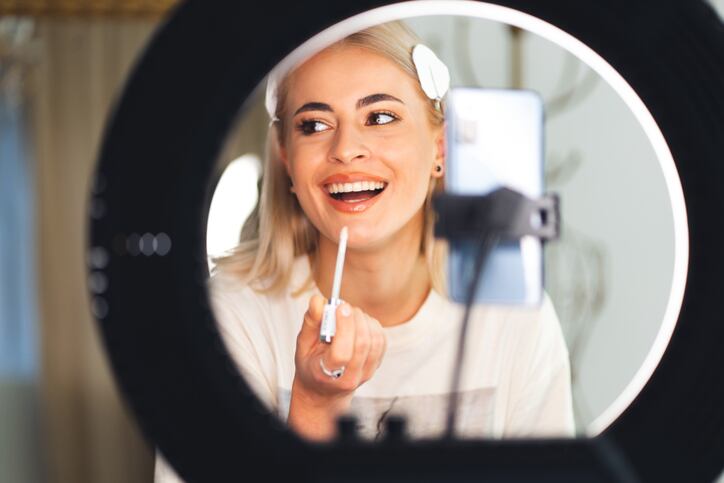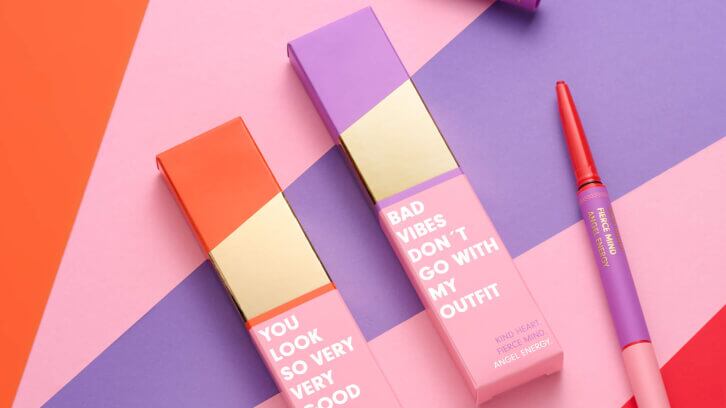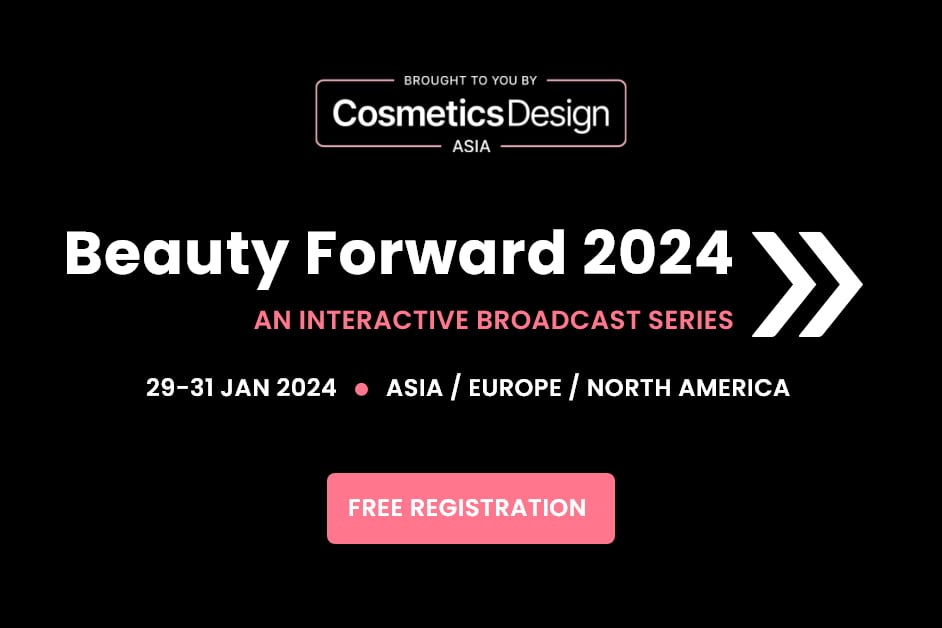Estée Lauder’s Executive Director Go-to-Market Activation Lauren Bruker joined forces with Dash Hudson’s CMO Kate Archibald in a webinar organised by the British Beauty Council to share its learnings on using an AI tool to enhance its social media marketing strategy.
Archibald dubbed Estée Lauder “the poster child for how to be leveraging artificial intelligence to impact your creative effectiveness on social media” and noted that the beauty multinational had been leveraging AI in a unique and creative way that's been significantly improving the performance and impact of its social media content.
Estée Lauder said it had been working with a social listening and content planning tool called Vision AI, which Dash Hudson has been building and training for the past decade.
According to Archibald, this tool works by looking at a brand's social media handle and giving highly specific information for that exact handle in terms of what is working well for the brand.
“We analyse your previously posted content to understand which visual elements resonate with the audience, from tone to contrast and composition,” she explained. “Then we create a learning model that provides the brand with a prediction on photos and videos for context. And then last but not least, each photo and video are given performance metrics.”
Archibald said the customised AI was learning in real-time, rather than based off previous data, which meant it adapted to changing trends and consumption patterns in real-time.
Lauren Bruker Executive Director Go-to-Market Activation at Estée Lauder Companies highlighted MAC, one of the business’ top brands in earned media value, as a use case.
The makeup brand is featured in a huge volume of creator content every single day, which when combined with the in-house produced assets, makes for a huge amount of social media content.
“When we look at the performance of MAC content tagged as the predictive star performers to the brand’s average, we see a lift of 33% in engagement rates and 30% in video views,” said Bruker.
“So that's really significant especially when you're looking at a brand that has the size, scale and the reach of MAC on social that these assets are outperforming really significant levels above that.”
Bruker noted that the predictions are customised across different brands and regions, so a global brand handle would have a more nuanced predicted performance versus the regional one – as different makeup looks or fragrance attributes perform better in individual markets.
“We're seeing this consistent predictive capability across all of our brands,” she said.
Estée Lauder’s use of AI in this way had highlighted some key learnings that have impacted its social media strategy for each brand. These included:
Themes should be super personalised
According to Archibald, using AI in this way shows that the themes that work well on social media are super personalised for every single brand. “You don't see significant consistencies across the board here – every base of data and insight is based off the performance of your exact audience and will share back the prediction based on what's working already for you. I think that's a hugely important insight, as it's a shift in mindset,” she said.
Archibald shared that you can't just think about what's trending overall. “Yes, of course there are trending topics or themes that are working, but when it comes to the content creation, you really need to look at the data and insights that are specifically working for you,” she said.
Time-saving benefits when selecting content
Archibald also highlighted that ELC’s brands are using of this to save time on photo shoots and during the content selection process, and to help inform their content strategy.
Bruker explained how they have been leveraging this tool during their photoshoots. “While they're capturing the assets, they'll pause and upload the assets to see how the AI predicts that they'll perform,” she said. “And they'll use those insights to inform how they use the balance of the day. So, if they're seeing that close-up application shots are predicted to perform better, they might tweak their shot list make sure they get more of those.”
“So, you have a data-informed way to make those decisions about what you're going to prioritise, to make sure you will get the most use out of those assets when you get back and start going through then,” she said.
Money-saving benefits for usage rights
As you can upload the content in real-time and understand what is performing well, this has also helped with savings for usage rights.
“Maybe you're only buying usage rights for the assets that have a star-predicted content,” said Archibald. “That can also significantly impact your usage rights as you only really want to be buying usage rights for the content that you know is going to work for you.”
Organisation of UGC
As user-generated content (UGC) is important for beauty brands social media marketing campaigns but requires a lot of organisation.
ELC said that the AI tool its using can also be used to predicting how UGC content would perform for a specific brand and its competitors too, as well as find new creators who might be great potential partners, and help to organise the content.
“Rather than manually sort through hundreds of tagged images on your mobile phone, adding screenshots and handles to a doc and then emailing it around for internal approval. Now all of that happens within the platform, which really increases our speed and agility,” said Bruker.
Dash Hudson expected that going forward more beauty businesses will follow ELC and use these kinds of AI-based tools to inform their social media marketing strategy.
“This is such an incredible moment in time and opportunity to maximise your social capabilities,” concluded Archibald. “We are absolutely in a new era when it comes to AI.”





